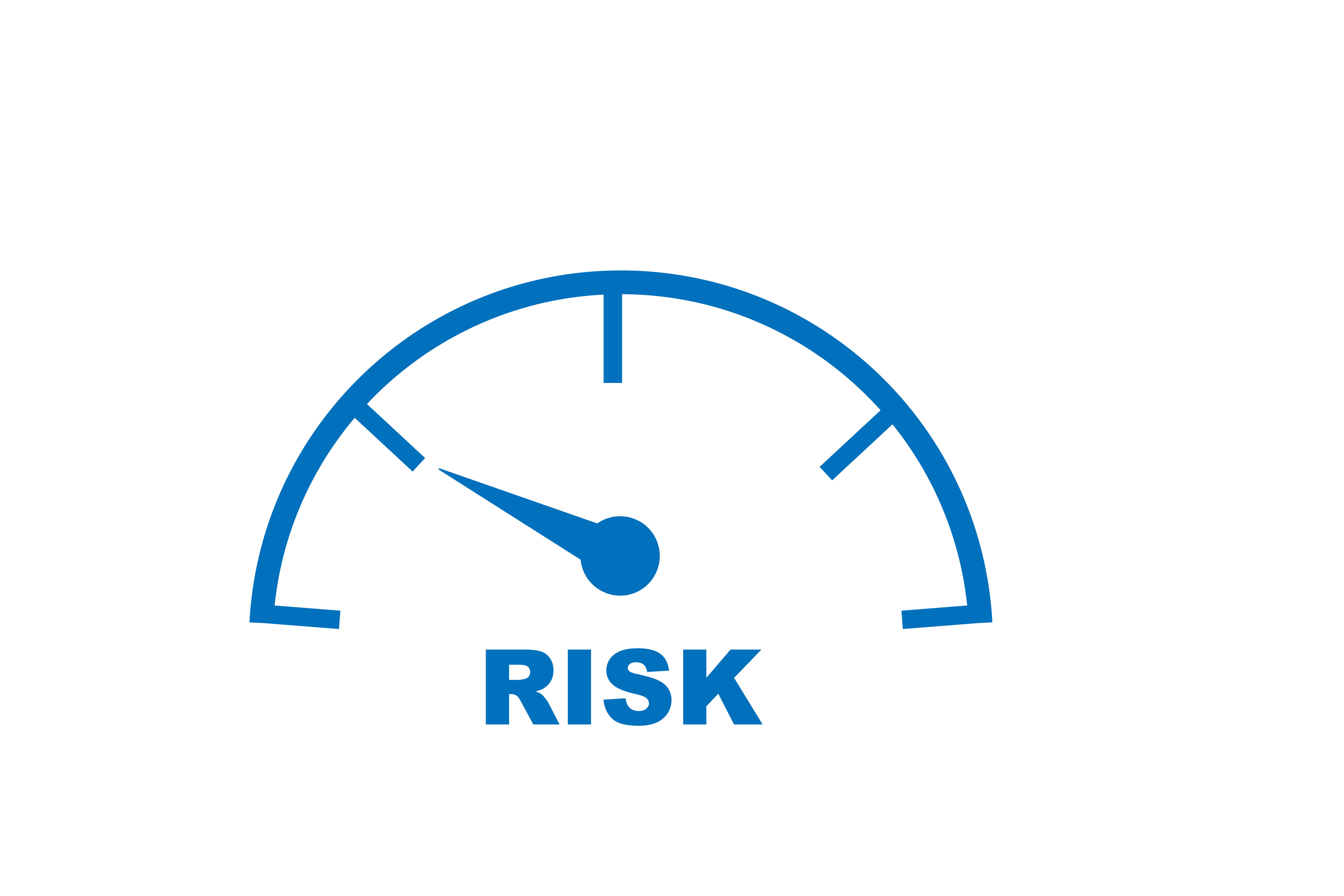Risk Management
With globalization trade has transformed substantially over the last decades, however more export opportunities there may be, they still come with associated risks.
The initial step in managing export risks involves identifying the source of any risks, and then you have to manage and lower those risks to a minimum.
Types of Risk in International Trade
Doing business internationally can involve different risks from those encountered domestically and will vary depending on the country you intend to export to. Such risks could include:
- Political Risk
Political instability or imposition of embargoes at your export destination can disrupt or in some cases prevent completion of an export contract altogether. This type of risk might include defaults on payments, exchange transfer blockages, nationalization of foreign assets, confiscation of property, changes in government policies or, in extreme instances, revolution and civil war. It is important to keep track of such eventualities by consulting your Ministry of Foreign Affairs as well as keeping track of what other countries are reporting online to their exporters e.g. https://www.efic.gov.au/resources-news/country-profiles/africa/
- Legal Risk
There can be major differences in Bangladesh law and the law of the country you are exporting to. You need to understand what these differences are and how they could affect your ability to successfully export your products. It is important not to assume that legal processes will be the same as in Bangladesh, particularly when entering into contractual arrangements.
The International Chamber of Commerce (ICC) offers multiple forms of very useful sample international trade related sample contracts
- Exchange Rate Risk
Exchange rate risk can occur because of fluctuations in the value of a currency. It is not uncommon for especially first-time exporters to have their profit margins eroded or have even lost money due to exchange rate fluctuations.
There are a number of ways in which you can protect yourself against this risk. The simplest and smartest solution for some countries is to quote your price in in their own currency, however, in Bangladesh’s case the Taka is insufficiently recognized internationally. The other alternative is hedging against possible currency fluctuations. Your bank should be able to offer this option.
- Non Payment Risk
Non-payment is a very serious risk for exporters and should be treated with great care. Mitigating the risk can be achieved with having the right payment terms, the safest of which would be payment upfront. The payment option you choose should ideally match the level of risk.
The risk of not being paid for your goods or services is a very serious one for exporters, regardless of the country you are trading with. A common practice is the use of a Letter of Credit (commonly known as a LoC) which essentially is a pre-payment held by a bank which is irrevocable and released by the bank once the buyer has received their goods in good order.
More established business relations resort further down the line for convenience sake to opening a line of credit. This should again be dealt with prudently and it is wise to acquire a credit insurance. Credit insurance offers protection against a wide range of both commercial and country risk to exporters selling their products on credit.
- Quarantine Compliance Risk
It is common for countries to have strict quarantine requirements. Before exporting, you need to be aware of what is and what is not allowed under the relevant quarantine laws of your export destination.
You need to ensure that any proposed exports are permitted under the laws of the local country. Failure to do so can result in forfeiture or destruction of goods, fines and restrictions on the exporter.
Managing your Export Risks
Managing export risks is a process of thinking systematically about all possible undesirable outcomes before they happen and then setting up procedures that will either avoid or minimise these risks, or help you to cope with their impact.
There are six basic elements in the risk management process:
- Establish the context of the risks
- Identify the risks
- Assess probability and possible consequences of the risks
- Develop strategies to mitigate these risks
- Monitor and review the outcomes
- Communicate and consult with all parties involved.
Keep your risk management analysis clear and simple, and ensure it is understood by everyone in the company who is involved in exporting.

